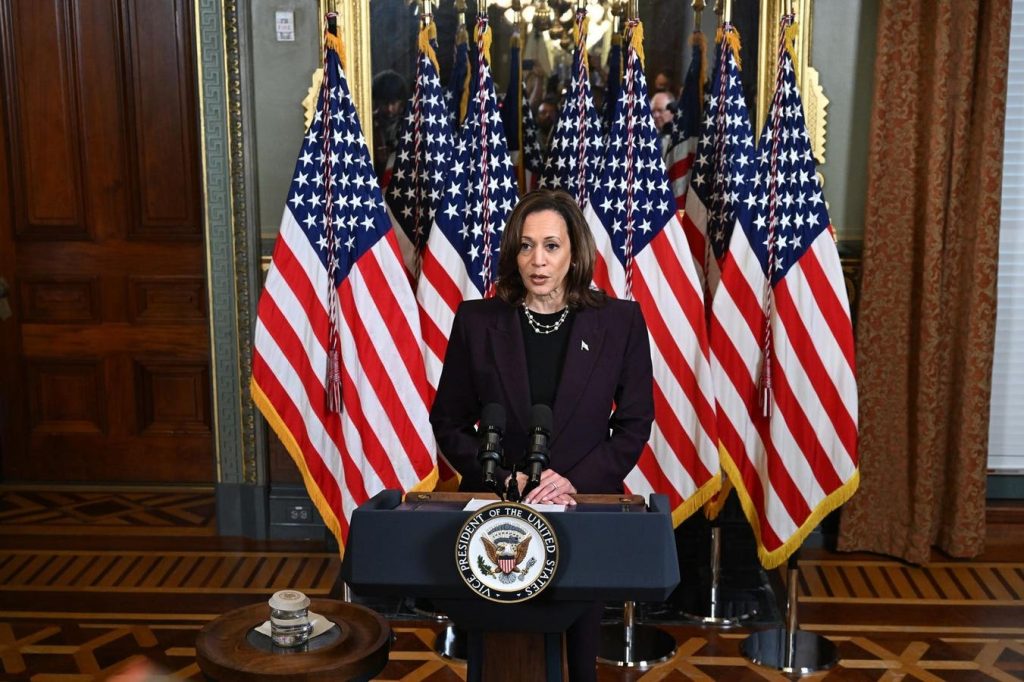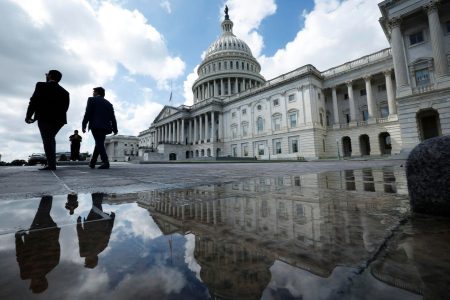The Child Tax Credit (CTC) has been a cornerstone of U.S. policy aimed at providing financial support for families with children. Introduced in 1997, the CTC evolved, with the most significant changes coming from the American Rescue Plan Act (ARPA) of 2021. Those changes included a significant expansion which provided immediate relief to millions of families and demonstrated the potential for the CTC to significantly reduce child poverty.
Vice President Kamala Harris has previously expressed strong support for these expansions, and a Harris administration could foreseeably seek to expand and further entrench these benefits—building on the policy framework of the Biden administration.
ARPA Expansions to the CTC
The CTC originally offered up to $2,000 per child under 17, with that amount partially refundable up to $1,400. This meant taxpayers that did not owe enough in taxes to fully benefit from the credit could receive a refund of up to $1,400, but not the full $2,000. The eligibility for the credit phased out at higher income levels, reflecting the intended target of middle- and lower- income families for relief.
Under ARPA, the CTC was increased to $3,600 per child under six and $3,000 per child aged 6-17. More importantly for many, the credit was made fully refundable—eliminating the previous requirement of having had at least $2,500 in earned income to qualify for the refundable portion and removing the $1,400 refund cap.
This change alone made the CTC accessible and effective for millions of the lowest-income families who previously could not take full advantage of the credit. By some accounts as many as 3.7 million childrenwere lifted out of poverty by this policy alone—about the population of Connecticut.
Additionally, ARPA allowed for the distribution of the CTC in monthly payments. This provided regular and consistent financial support for families that needed ongoing assistance in budgeting for essential expenses and eliminated the need to wait for tax filing season. This had the effect of stabilizing family incomes and was a force multiplier for the positive benefits of the CTC on individual household budgets.
Efficacy of the 2021 Expansion
The data on the impact of the 2021 CTC expansion is compelling and undeniable: the U.S. Census Bureau reported that the expanded credit was responsible for reducing the child poverty rate to a historic low of 5.2% in 2021, down from 9.7% a year earlier.
This dramatic reduction highlights the credit’s effectiveness in addressing child poverty, and reflected significant declines in Black, Hispanic, Asian and Native American child poverty rates.
The improved financial conditions of these families had positive knock-on effects for improved health outcomes, educational performance, and household stability. The ongoing payments throughout the year ensured many families could cover regular expenses without resorting to high-interest loans or other detrimental financial practices to hold themselves over until the credit could be applied for.
The expiration of the expanded CTC has consequently had significant repercussions for many American families. Enacted through the ARPA, the expansion was temporary, and it expired in January of 2022 with a return to the previous CTC structure of $2,000 per child and a maximum refundable credit up to $1,400.
This reduction cast approximately 3.7 million children back into poverty. The expiration and subsequent economic effects starkly illustrate the critical role that the expanded CTC played in alleviating child poverty and underscored the need for permanent policy changes to sustain its benefits.
Prospective Harris Administration and Future of the CTC
Vice President Harris has consistently shown support for the expanded CTC. Her advocacy would suggest that, under her administration, efforts to extend the temporary measures enacted by ARPA and potentially make them permanent are possible. This move would align with the Biden administration’s broader goals of reducing poverty and supporting working families.
The potential future of a renewed and expanded CTC under a Harris administration looks promising but will require navigating significant legislative hurdles. The CTC sought to bring stability to families in need, but its expiration has brought anything but. The abrupt end to the expanded credit has resulted in increased child poverty rates and reversed the progress made by ARPA.
To ensure long-term stability and financial security for American families, the expansions would need to be not only reinstated, but made permanent.
Read the full article here










